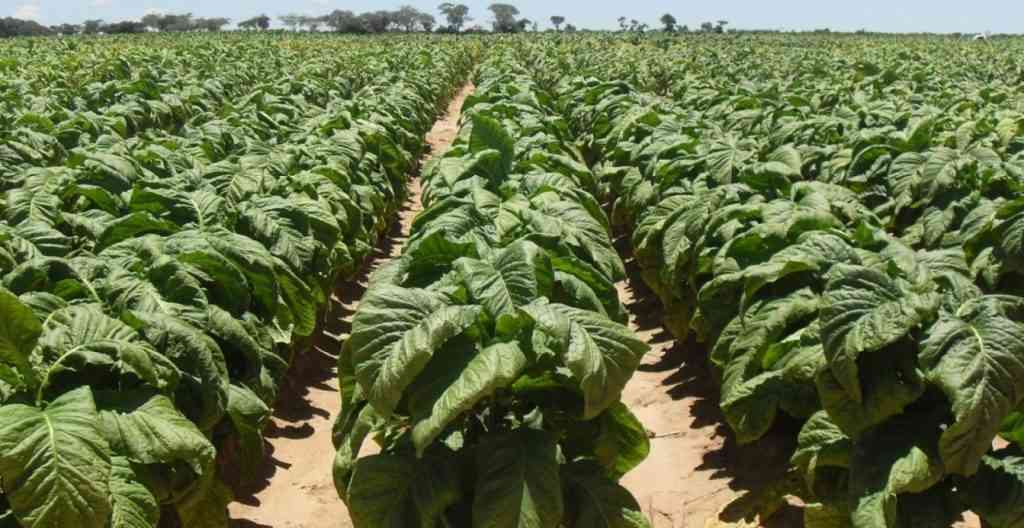
THE Tobacco Research Board, trading as Kutsaga Research Station, has advised tobacco growers to only use registered pesticides from approved agrochemicals recommended by the board, as unregistered products could cause phytotoxicity.
In a letter to tobacco growers dated August 24, 2024, obtained by NewsDay Farming, Kutsaga discouraged farmers from using unregistered products for false wireworm control saying such products may be ineffective and in some instances, may lead to phytotoxicity.
Chemical substances, such as excessive amounts of fertilisers, herbicides, heavy metals or nanoparticles can have negative impacts on plant development, physiology or metabolism a phenomenon known as phytotoxicity.
The call for the use of approved agrochemicals comes as tobacco remains the country’s top exported agricultural product, generating hundreds of millions of dollars annually.
“Growers are advised to only use registered pesticides from the list of approved agrochemicals recommended by the Tobacco Research Board,” part of the letter reads.
“While there are a number of broad-spectrum pesticides that are assumed to be effective against false wireworm, farmers are discouraged from using unregistered products for false wireworm control as such products may be ineffective and, in some instances, may lead to phytotoxicity.
“The Pesticide Approval Scheme Service is working tirelessly to evaluate the efficacy of new formulations for the control of false wireworm larvae on tobacco.”
According to Kutsaga, there are two subcategories of wireworms, pests that attack tobacco plants, namely, true wireworms which belong to the family Elateridae, and false wireworms belonging to the family Tenebrionidae.
- Call for farmers to clean tobacco barns
- TRB urges tobacco farmers to choose recommended varieties
- TRB tips tobacco farmers
- Cigar wrapper farmers explore international market
Keep Reading
Historically, both true and false wireworms were not common pests in Zimbabwe.
“However, in the past two seasons, reports of wireworm damage attributable to the hot, dry conditions have become of concern,” kutsaga said.
“Under conditions of long dry spells, wireworm larvae and dusty surface beetles emerge and cause damage to tobacco plants by nibbling the stem near ground level or in severe cases, ring-barking transplants, which eventually may be lopped off or wilt.
“The management of wireworm is mostly dependent on the use of chemical insecticides applied preventatively.”
Thus, in terms of chemical control for wireworms, Kutsaga recommended active ingredients for the management of wireworms and dusty surface beetles to include imidacloprid 200 SL, imidacloprid 350 SC, imidacloprid 70 WG, and imidacloprid 20% + lambda cyhalothrin.
“1) Imidacloprid 20% SL - 220 ml/100 litres water 2) Imidacloprid 35% SC – 127 ml/100 litres water 3) Imidacloprid 70% WG – 63 g/100 litres water 4) Imidacloprid 20% + Lambda-cyhalothrin - 220 ml/100 litres water,” the letter further read.
“For each mixture diluted using the above-mentioned rates, one 30ml cup applied into the planting hole separately from the planting water will suffice as a preventative treatment.”
Kutsaga said farmers needed to ensure precise measurements of the active ingredients in the correct volume of water to avoid phytotoxicity and inefficacy of the treatments.






